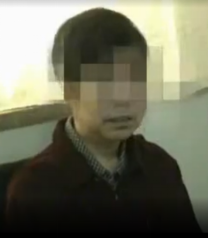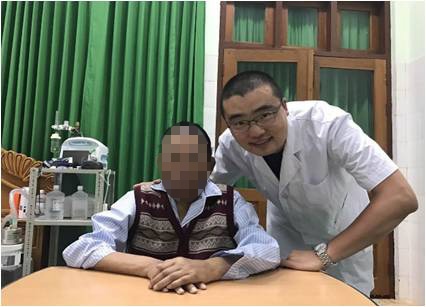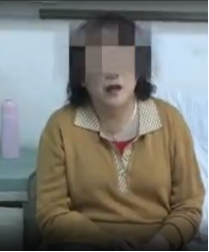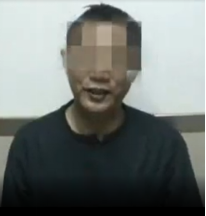
Ms. Li is a Chinese 61 years old female patient suffering from motor neuron disease (ALS). Her disease onset is in September, 2004, then she was diagnosed as motor neuron disease in local hospital. She underwent pain of her right shoulder without obvious incentive, periodical pain, especially during the night, whilst she felt weakness of her right hand and neck and back, could not support her head, whilst she felt numbness of her right hand. In December of the same year, the weakness of her right hand aggravated, which caused that she could not hold heavy objects with occasional muscle jump. She consulted in local hospital for the preliminary diagnose as cervical spondylosis and was given Chinese medicine traction and massage for 3 months. But her symptoms were not improved, the weakness was aggravating gradually.
She received 1st round stem cell treatment in April, 2006, around 1 year after her disease onset.
Pre-Treatment Condition (Before the First Course of Treatment)
• Her cervical muscle was weak, her head kept straight for a very short period, which caused her have to wear neck collar to support her head;
• She could not lift up her upper limbs, her hands were weakness, the flexibility of her hands was poor, her lower limbs were weakness, she needed assistant from other during being on upstairs, her speech tone was low, her speech speed was slow, she choked during drinking.
First Course of Stem Cell Treatment (Apr 2006 )
Outcomes After the First Course of Treatment
• Her difficult breath during lying on back is relieved obviously;
• She can speak more powerfully than before, speak much more sentences without obvious shortness of breath;
• The muscle strength of her neck is increased obviously, the related supporting period is longer than before, she can take off the neck collar;
• The pain feeling of her shoulder is disappeared;
• The muscle strength of her upper limbs is slightly improved whilst the muscle strength of her lower limbs is improved obviously, she can walk longer distance than before, the muscle jump of her 4 limbs is relieved obviously.
Ms. Li's initial treatment results are promising. In the future, her respiratory function may further improve, enabling her to sleep soundly without breathing troubles. Her speech could become clearer and more fluent, facilitating better communication. Muscle strength in both upper and lower limbs might continue to grow, allowing her to perform daily tasks independently. With consistent treatment, she may gradually regain a more normal lifestyle, reducing her reliance on others.


